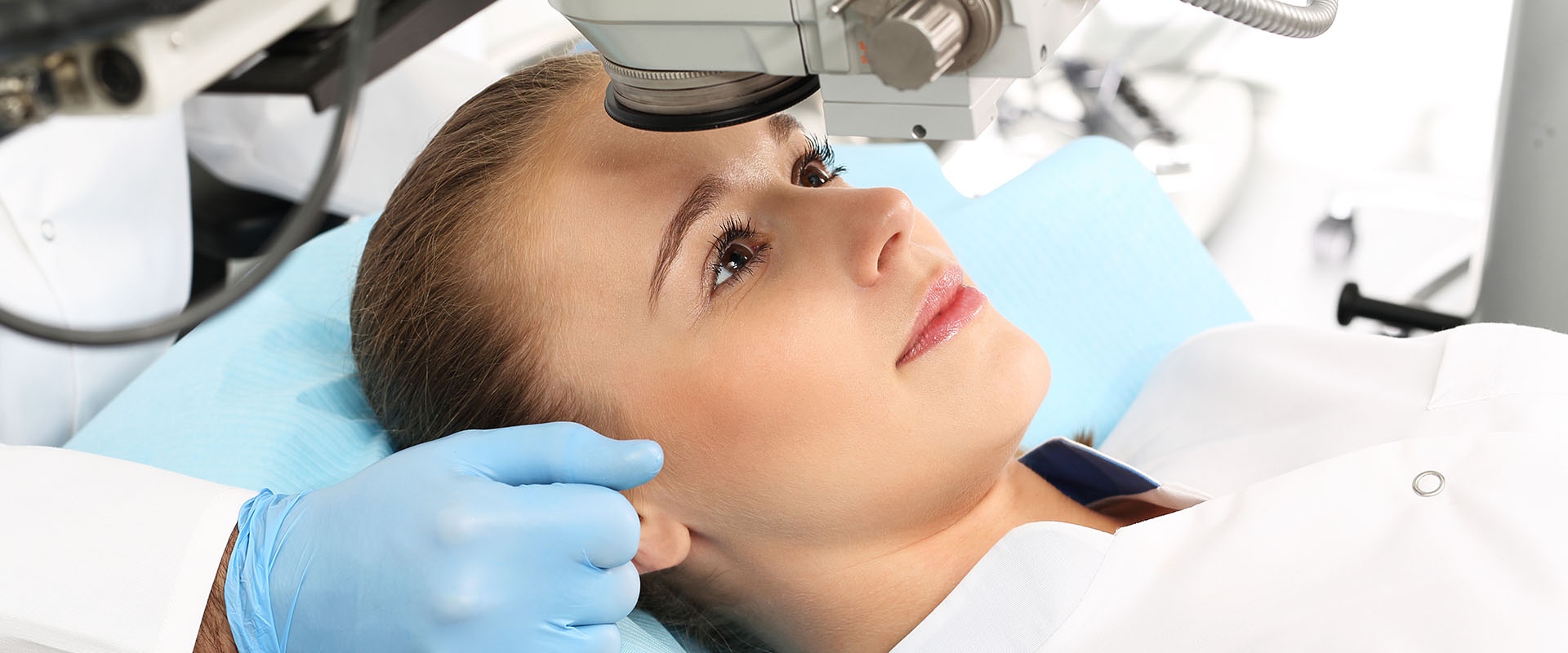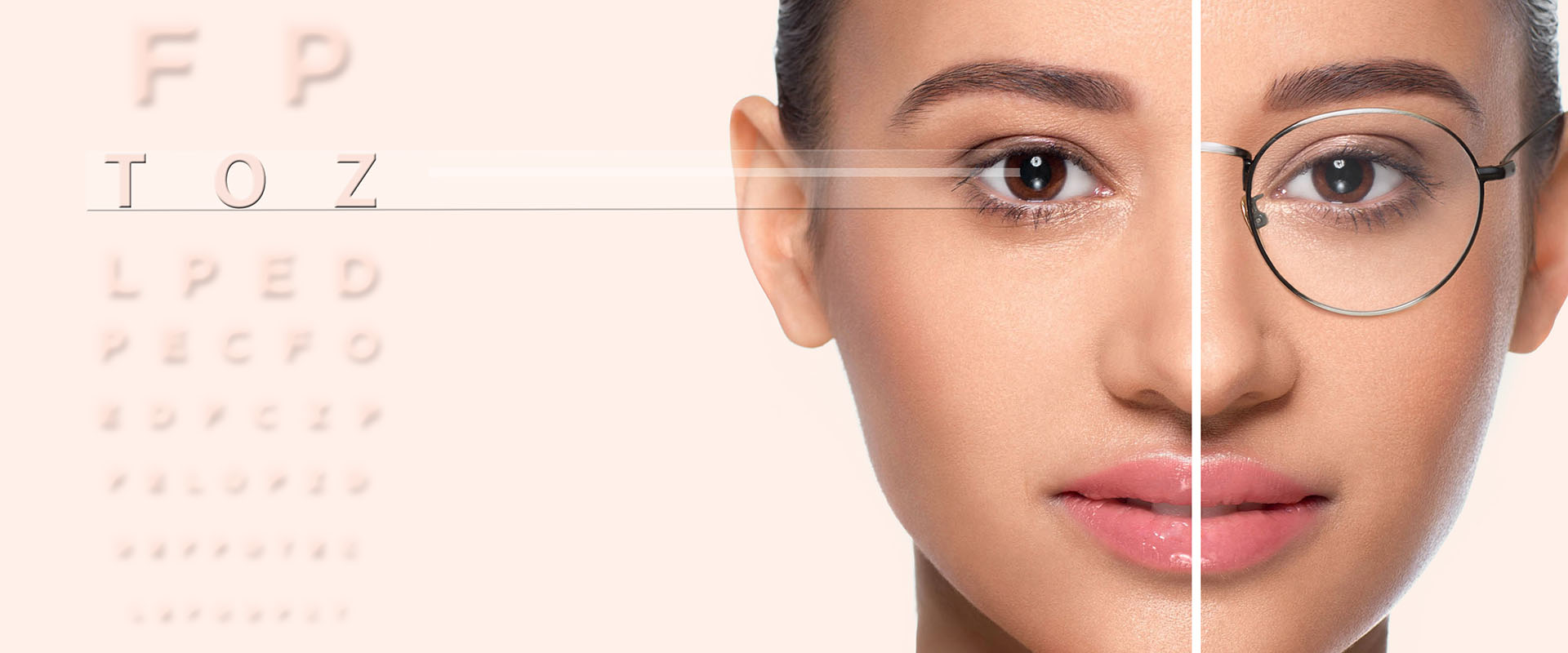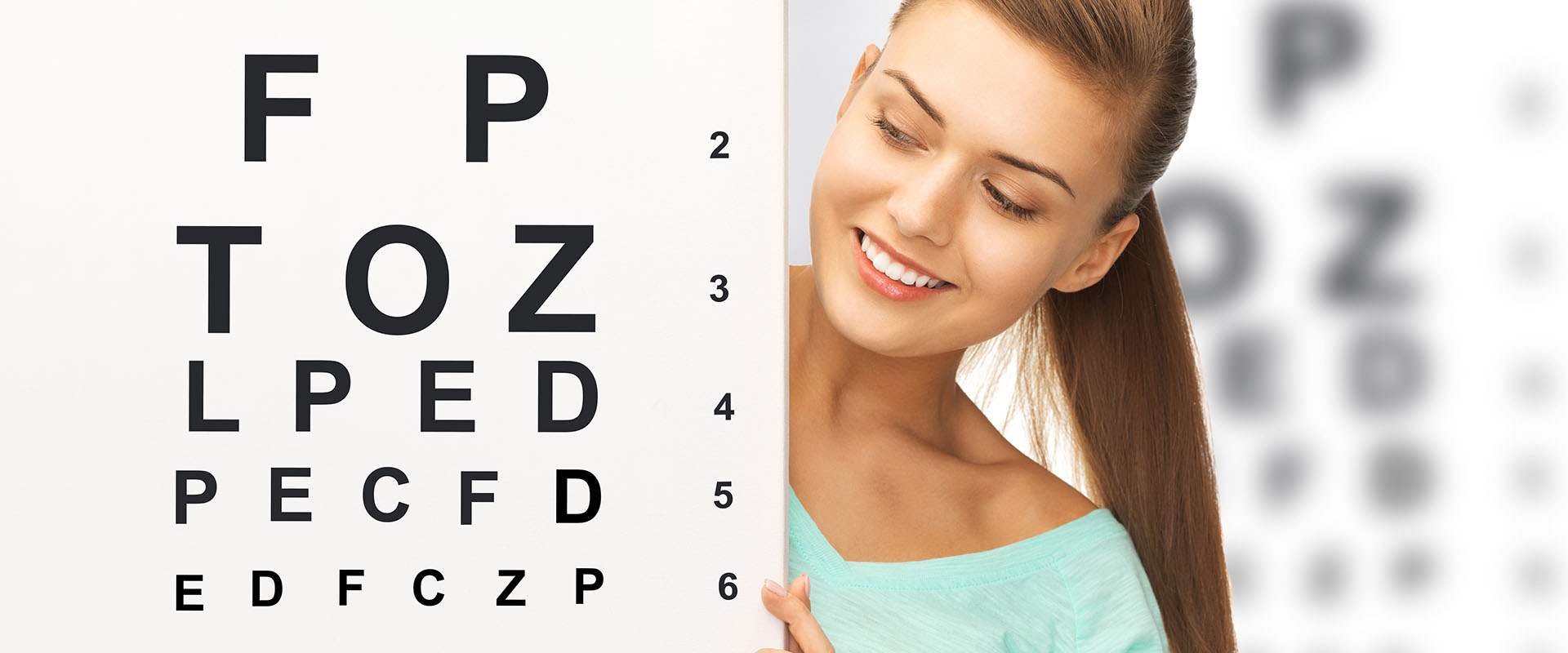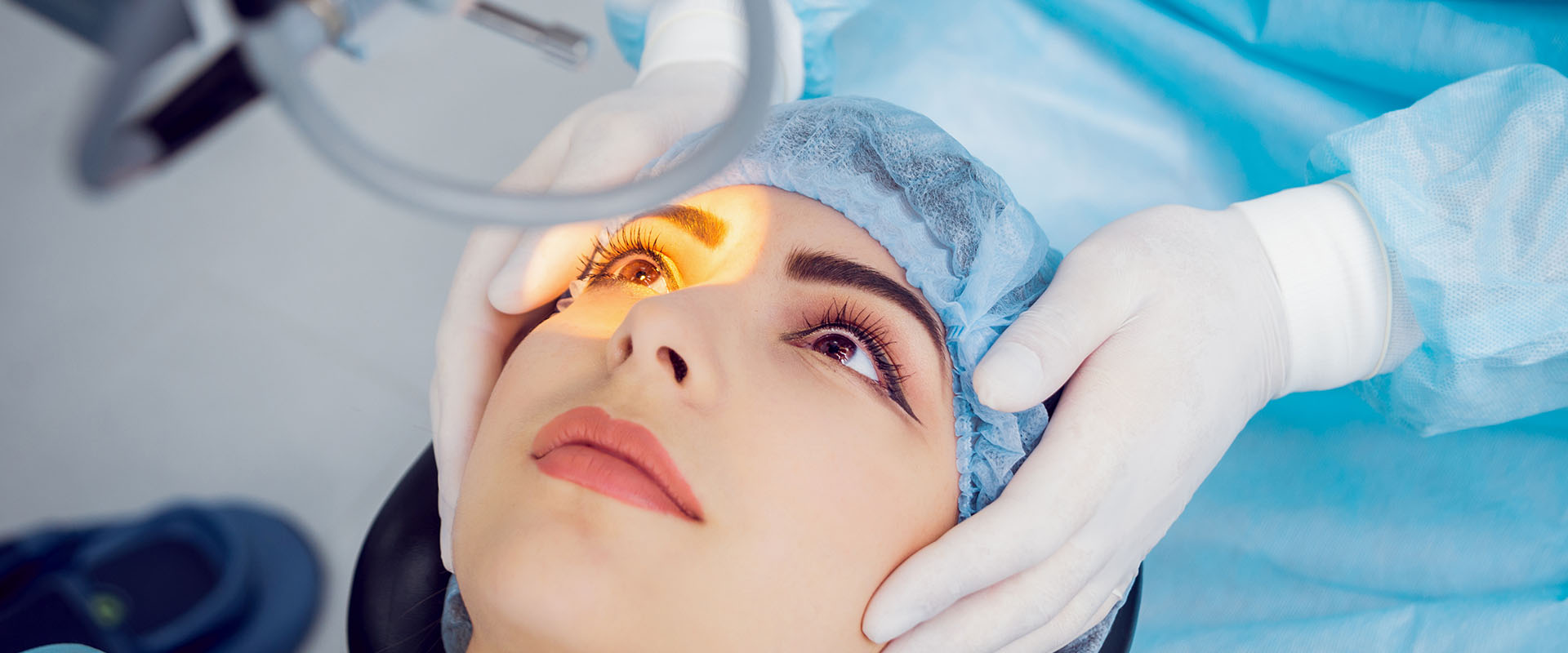VISION CORRECTION
Vision correction technology in Korea is the highest in the world. You only need one day for most procedures. Here is how the process will work. You shouldn’t wear contact lenses for a week before your eye exam here. The eye exam consists of about 40-60 minutes of testing through a variety of machines. Seoul Guide Medical will be there with you through your eye exam to make sure nothing is lost in translation. Once the eye exam is done then the doctor and assistants will analyze your results and give your options. You can choose to restore your vision on the same day or wait until the next day or a time when you are free. When you are ready for surgery, you will be given eye drops which will numb your eyes, you put on the gown and go in for the surgery. The surgery is over in 10-20 minutes usually from start to finish and your vision is restored! You can rest in the recovery room until you feel ready and then the doctor will give you one final eye check. Once you are ready to leave, we will accompany you to the pharmacy to get the medicine you need to take to fight any risk of infection and improve the healing process.
There are two types of vision correction clinics and you should be aware of how they work. There are clinics which provide extremely low priced procedures and work on a factory like system. They take as many patients as they can possible fit into their day and use cheaper equipment in order to survive. Although the doctors are good, they are human and get tired which leads to human error. This kind of clinic should be avoided. The second type of clinic limits the number of patients per day and invests in high quality equipment. This type of clinic typically has higher pricing but it is not that much more expensive than the factory like clinic. In fact, for both eyes at the top kinds of clinics, the pricing is usually less than a single eye done in places like the United States, Canada, England and Australia. When it comes to your eyes, we highly recommend going with the best. There are many choices when it comes to vision correction but we will list the 3 most popular techniques here.

LASIK (Laser-Assisted-In-Situ-Keratomileusis) combines two techniques of surgery to correct refractive errors. First, a laser called a femtosecond laser or a surgical blade called a microkeratome creates a thin flap in the cornea. Next, an excimer laser sculpts the underlying cornea into a new shape to correct the refractive error. The flap is then repositioned and adheres on its own without sutures after only a few minutes. Eye drops and/or ointment are placed in the eye to facilitate the healing process. Vision recovery typically is rapid. You will be given special eye drops and medicine after the surgery to minimize the risk of infection and improve comfort. Although you only need one day in Korea for this procedure we recommend you stay at least 3 days so you can have a check-up afterwards.
Procedure Time: 10-20 minutes
When to Leave the Clinic: 15 minutes after surgery
Improved vision: 15 minutes- 8 hours
Full Healing: up to 3 months

LASEK (Laser-Assisted-Epithelial-Keratomileusis) corrects nearsightedness, farsightedness, and astigmatism. It is similar to PRK except that the surface layer (the epithelium) is replaced after surgery as a sort of bandage. Both PRK and LASEK are similar to LASIK in that they use the excimer laser to shape the cornea, but unlike LASIK neither procedure preserves the surface layers. PRK and LASEK are sometimes recommended instead of LASIK for people with thin corneas because they do not penetrate as deeply into the eye’s surface. In LASEK, the epithelium is loosened and peeled back to expose the cornea. The excimer laser then reshapes the cornea and the epithelium is placed back into position. Like LASIK, recovery time is rapid but discomfort is somewhat increased compared to LASIK. Seoul Guide Medical can advise you which type of procedure is better for you.
Procedure Time: 10-20 minutes
When to Leave the Clinic: 15-30 minutes after surgery
Improved vision: up to 14 days
Full Healing: up to 3 months

SMILE (small incision lenticule extraction) uses a femtosecond laser to separate a thin lenticule (or disc) of corneal tissue from within the cornea. This disc is then removed through a very small incision and the net effect on the corneal shape corrects short-nearsightedness (or myopia). Myopia, or nearsightedness, is a refractive error, which means that the eye does not bend or refract light properly to a single focus to see images clearly. In myopia, close objects look clear but distant objects appear blurred. Myopia is a common condition that affects an estimated 25 percent of the populations in most developed countries. There is no corneal flap created and no tissue vaporized. One advantage of SMILE over LASIK is that it is less disruptive to the corneal surface, with just a small extraction wound instead of a flap. The incision is 80% smaller than the corneal flap cut made during LASIK. This is not to say LASIK is dangerous, it uses a femtosecond laser to separate a thin lenticule (or disc) of corneal tissue from within the cornea. This disc is then removed through a very small incision and the net effect on the corneal shape corrects your vision. This is not to say LASIK is dangerous, it is extremely safe. SMILE is a modern and popular technique but the price is higher than LASIK or LASEK but not extraordinarily higher than LASIK or LASEK . However, it minimizes the chances of late corneal thinning, ectasia and also dry eye. This technique should be considered if you want the safest and most stable of procedures.
Procedure Time: 10-20 minutes
When to Leave the Clinic: 10-15 minutes after surgery
Improved vision: 15 minutes to 4 hours
Full Healing: up to 3 months
